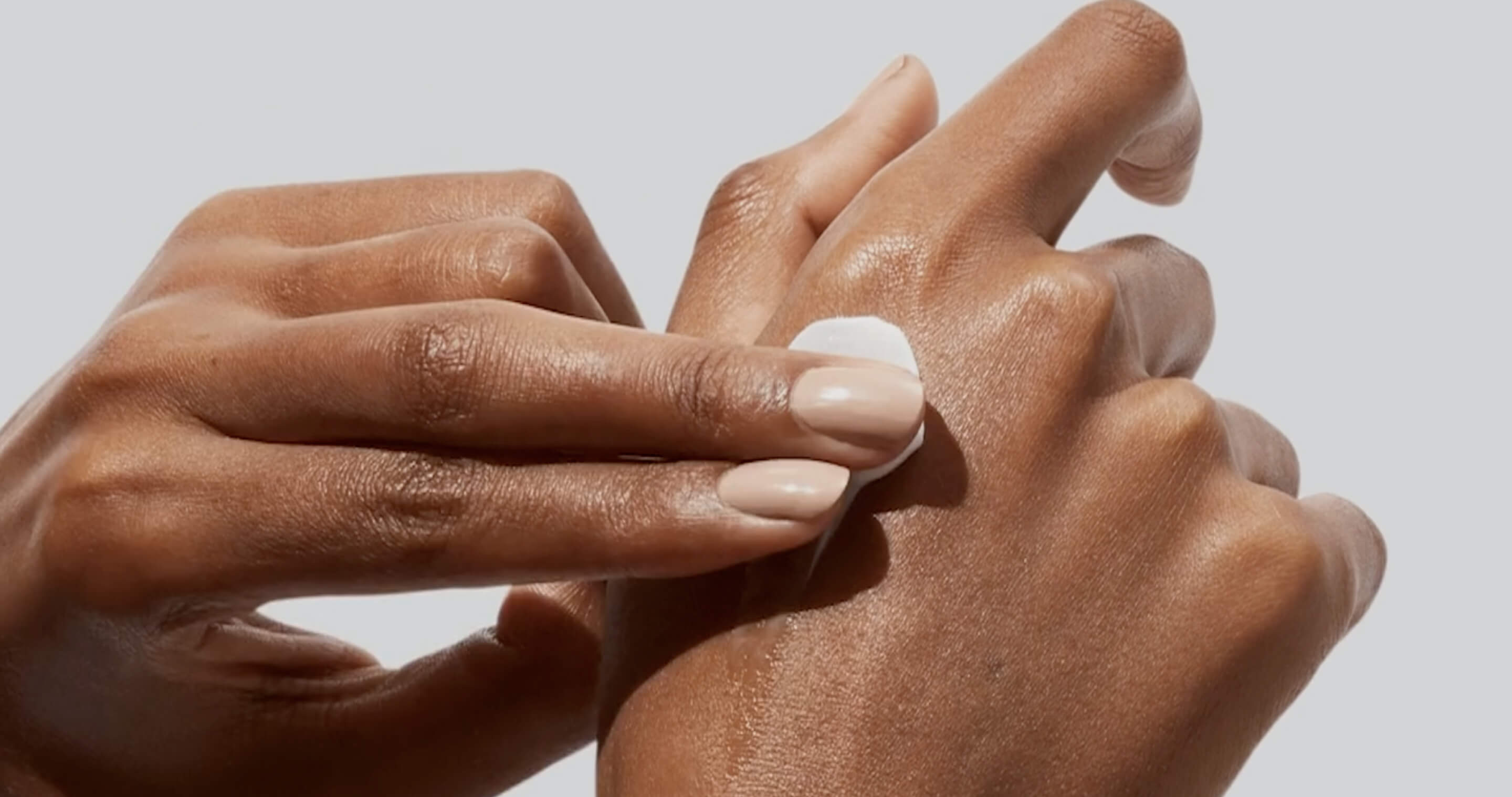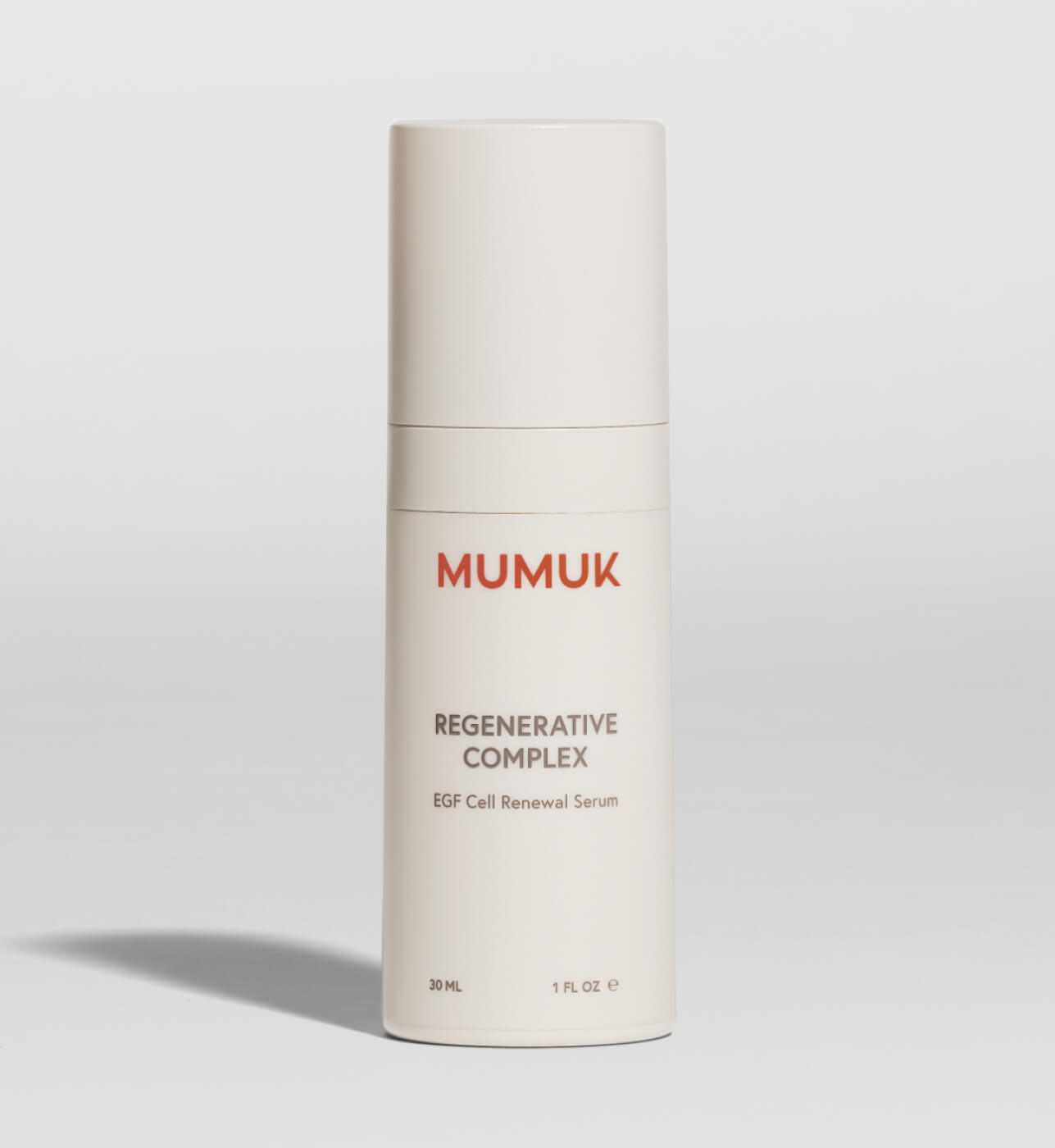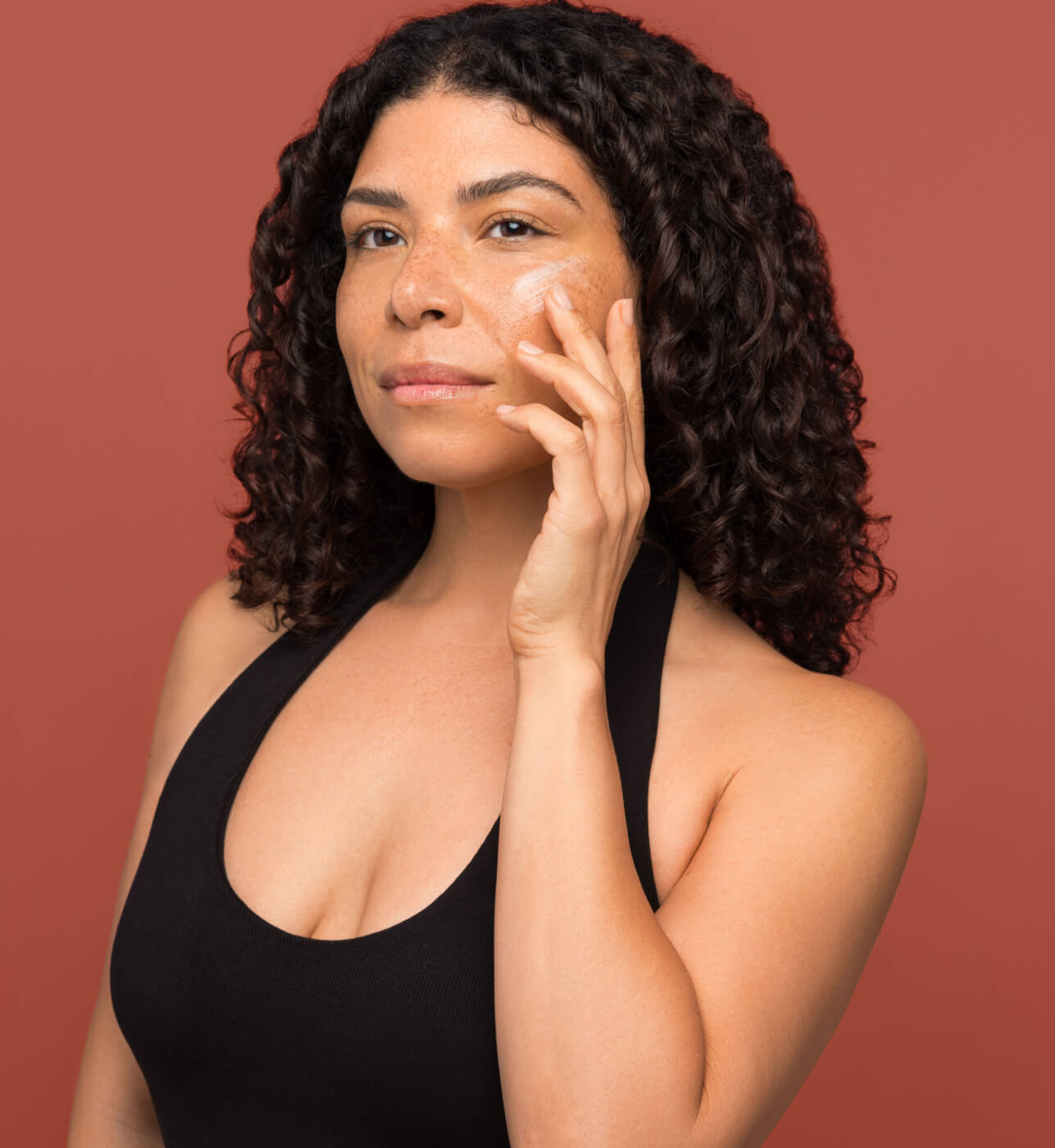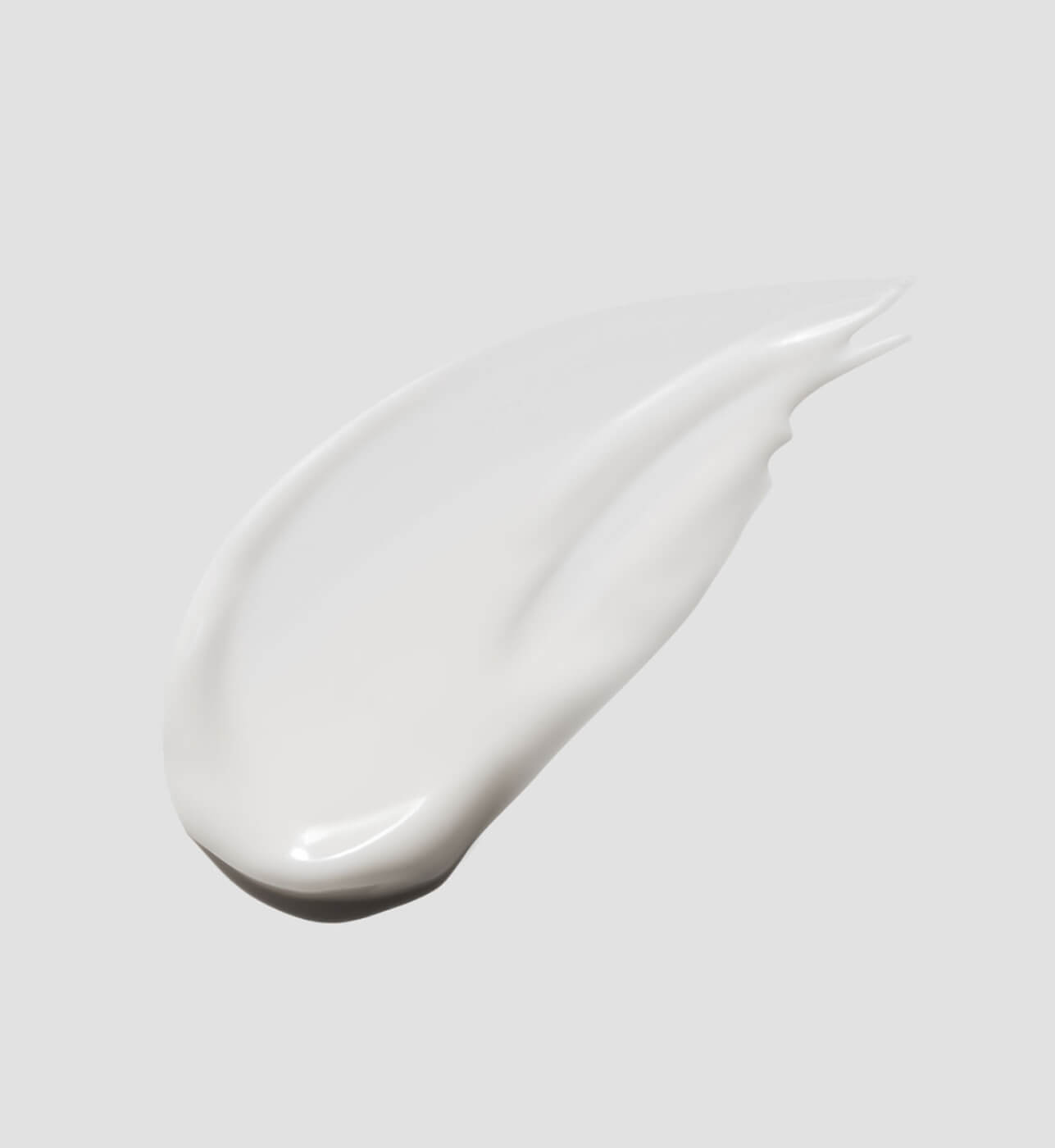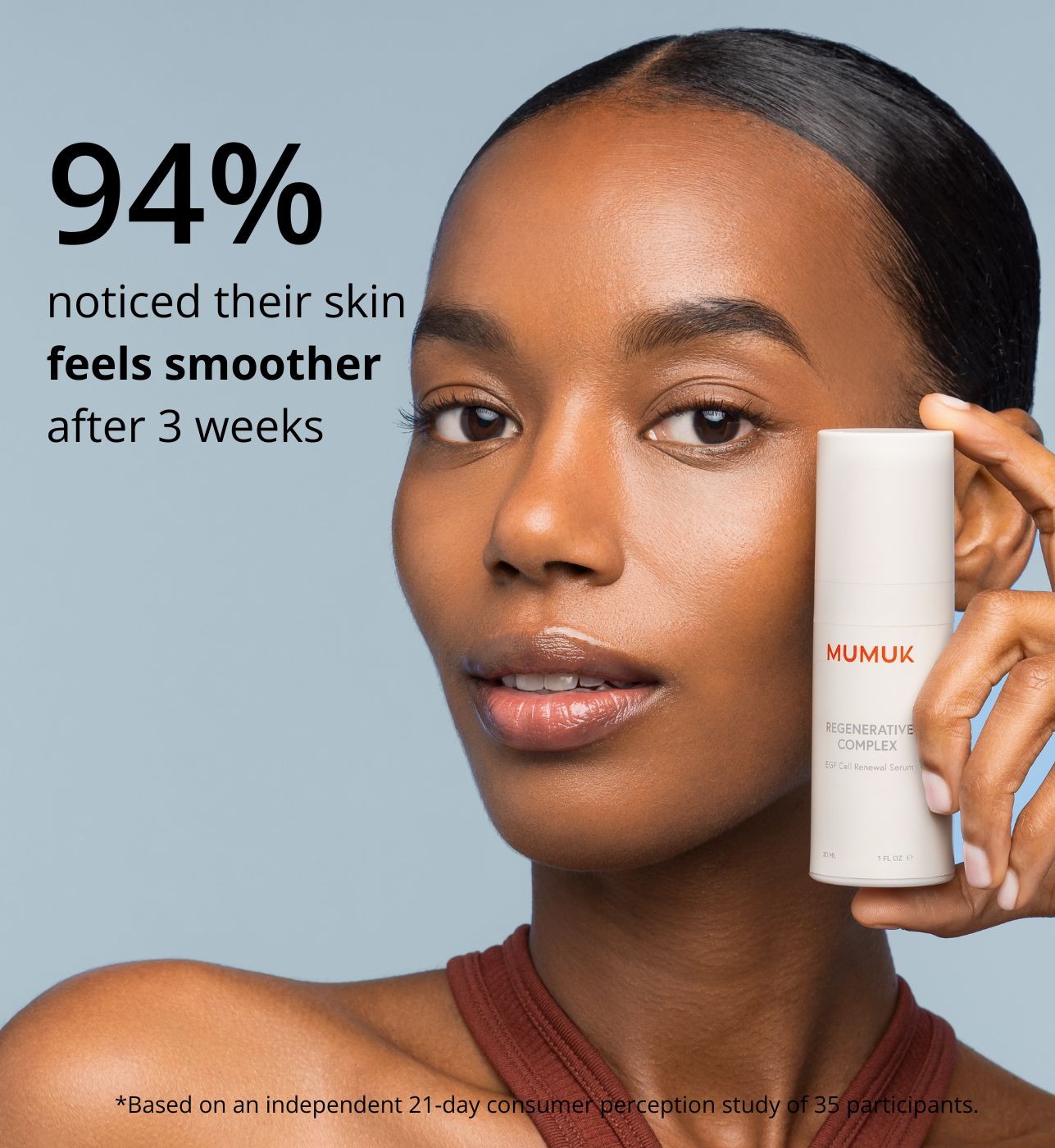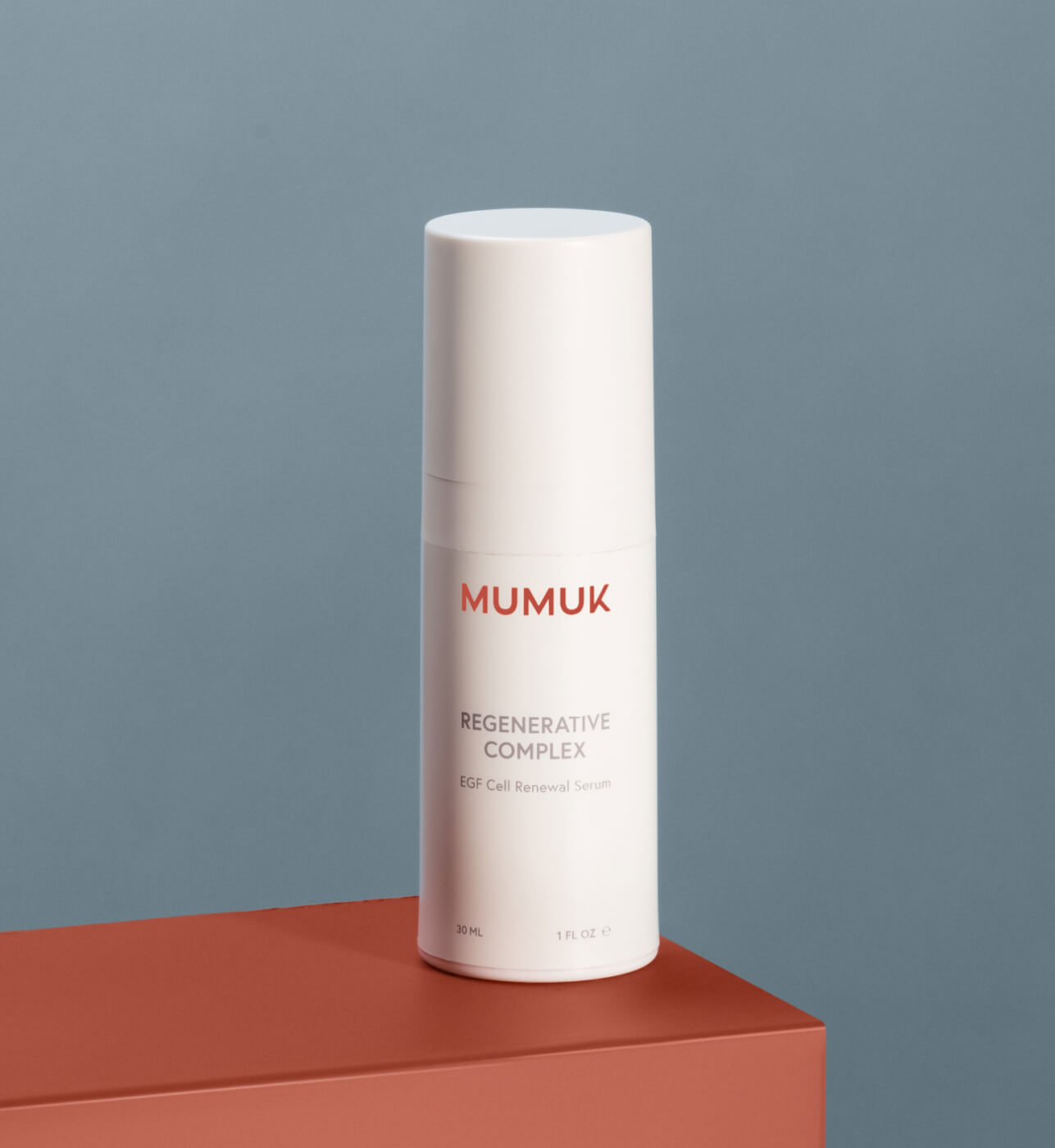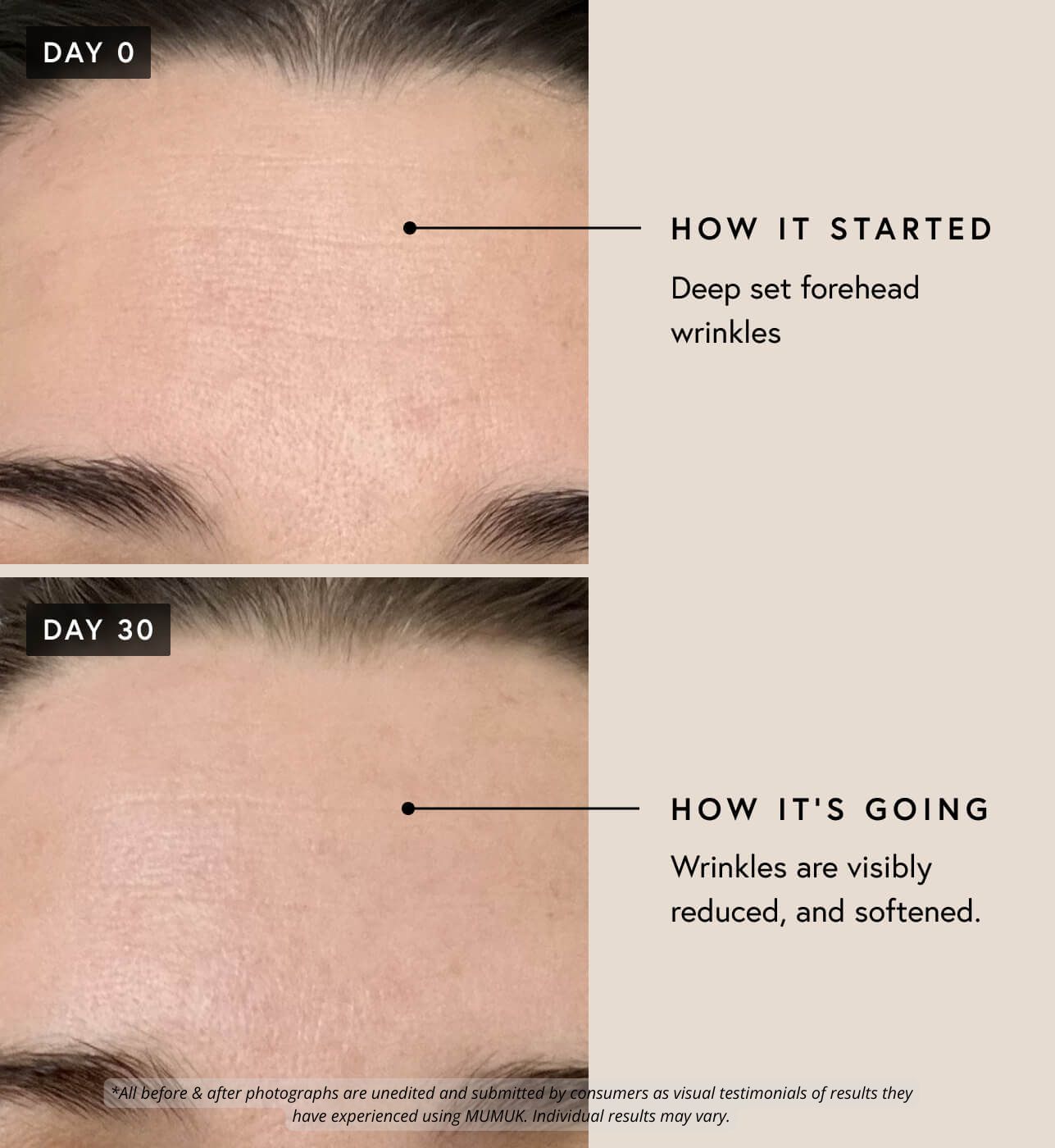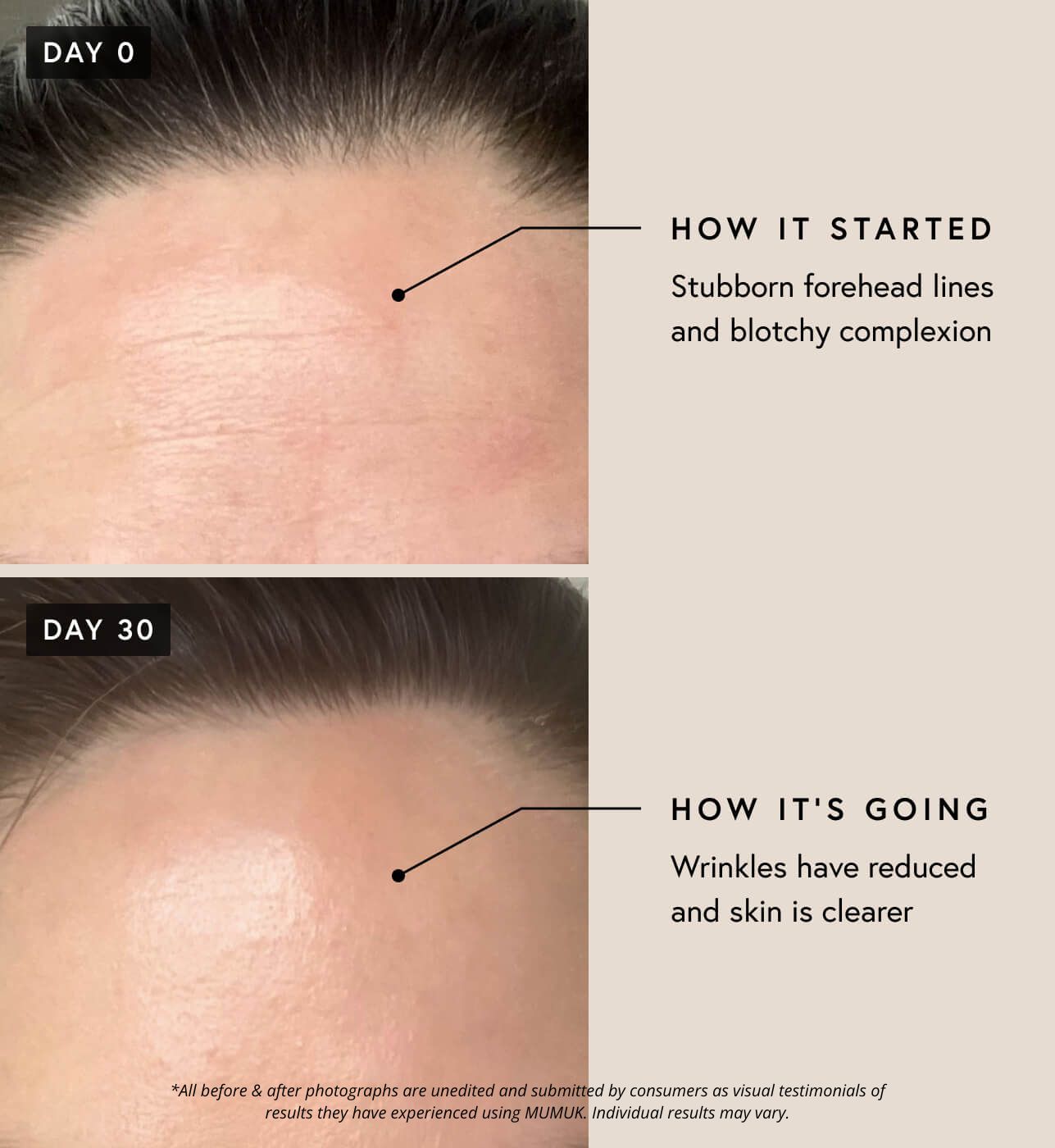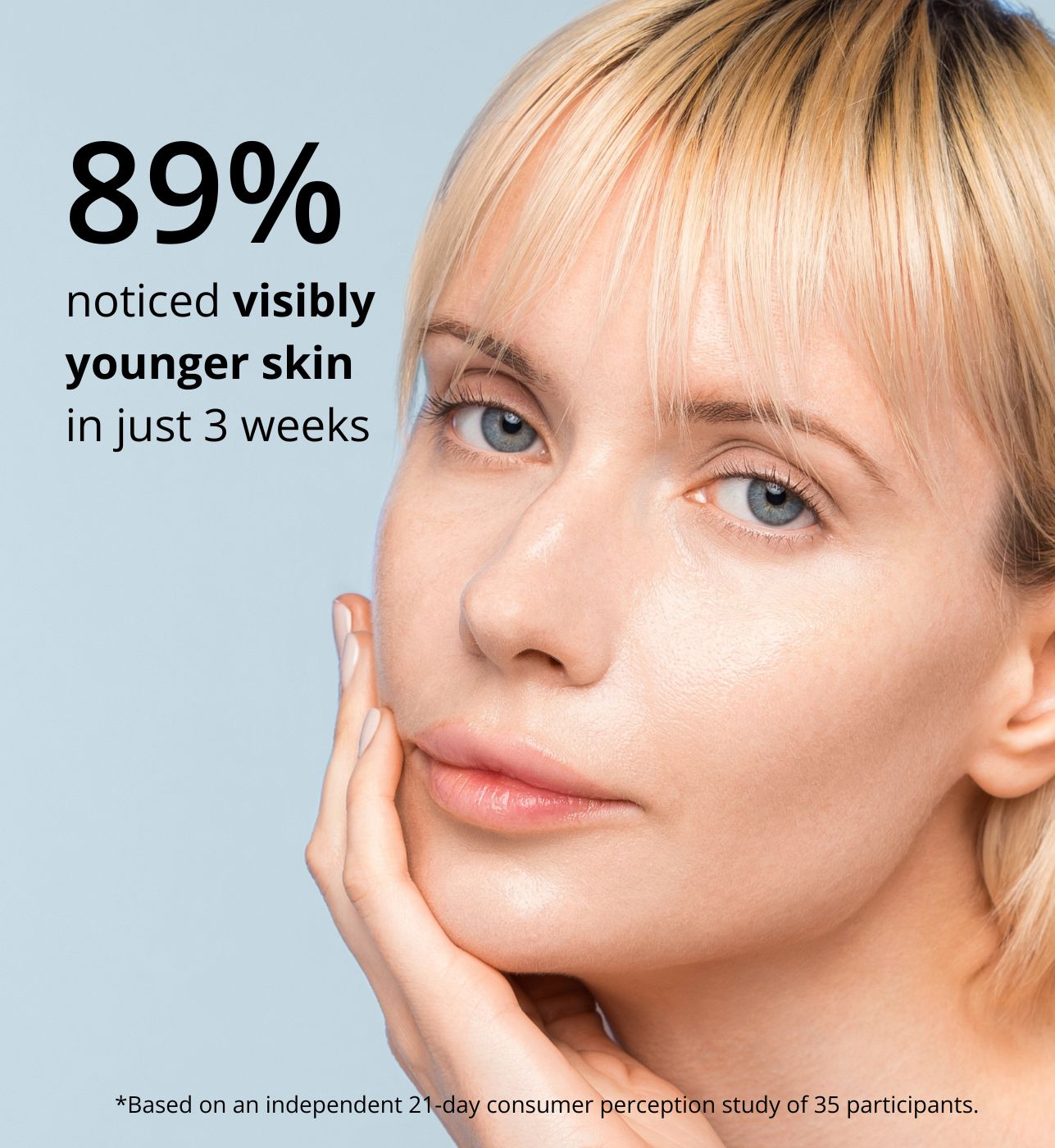
What’s the Difference Between Skin Repair and Skin Regeneration?
Let’s set the record straight: skin repair and skin regeneration are not the same thing. If they were, we’d all be walking around with flawless skin after every breakout, sunburn, or sleepless night. But since that’s not the case, it’s time to talk about the crucial difference between fixing damage and actually renewing your skin.
Skin Repair: The Quick Fix
Think of skin repair as your body’s emergency response team. When you get a cut, a sunburn, or an acne scar, your skin jumps into action to patch things up. This process is mostly about damage control—stopping the bleeding, reducing inflammation, and getting your skin back to baseline.
Here’s what happens:
-
Inflammation kicks in to fight off infection and clear out damaged cells.
-
Fibroblasts rush to the scene, laying down collagen to patch up wounds.
-
The skin barrier works overtime to keep moisture in and irritants out.
It’s a short-term solution, but it doesn’t always restore skin to its former glory. That’s why scars form, hyperpigmentation lingers, and fine lines creep in over time. Skin repair is about survival, it’s not necessarily about thriving.
Skin Regeneration: The Real Glow-Up
Now, this is where things get exciting. Regeneration is your skin’s ability to replace old or damaged cells with brand-new ones. It’s not just a patch job—it’s a full remodel.
When your skin regenerates, you’re actively creating new collagen, elastin, and epidermal cells. This process:
-
Smooths out fine lines and wrinkles
-
Evens out skin tone and fades scars
-
Boosts skin elasticity and resilience
-
Keeps your skin looking fresh, firm, and youthful
Why Does Regeneration Slow Down?
Here’s the bummer: your skin is naturally designed to regenerate—but the process slows as you age. When you’re young, skin cells turn over every 28 days. But by your 30s and beyond, this cycle drags on, meaning dullness, rough texture, and lingering signs of damage.
How to Support Skin Regeneration
Good news: you can help your skin regenerate faster and more effectively. The key? Regenerative skincare that works with your skin’s biology—not against it.
Look for ingredients that:
-
Stimulate cellular renewal → Think retinoids, bakuchiol, and gentle exfoliants (AHAs, PHAs, and enzymes).
-
Boost collagen and elastin production → Peptides, growth factors, and vitamin C are your best friends here.
-
Reinforce the skin barrier → Niacinamide, ceramides, and fatty acids keep your skin resilient and hydrated.
MUMUK: Regenerative Skincare That Does More
At MUMUK, we’re not just about “fixing” your skin—we’re about helping it renew itself, the way it was designed to. Our biotech-backed formulas are loaded with actives that trigger real regeneration, so your skin can bounce back stronger, smoother, and more radiant.
Forget quick fixes. It’s time to invest in true regeneration. Ready to give your skin the support it deserves?


